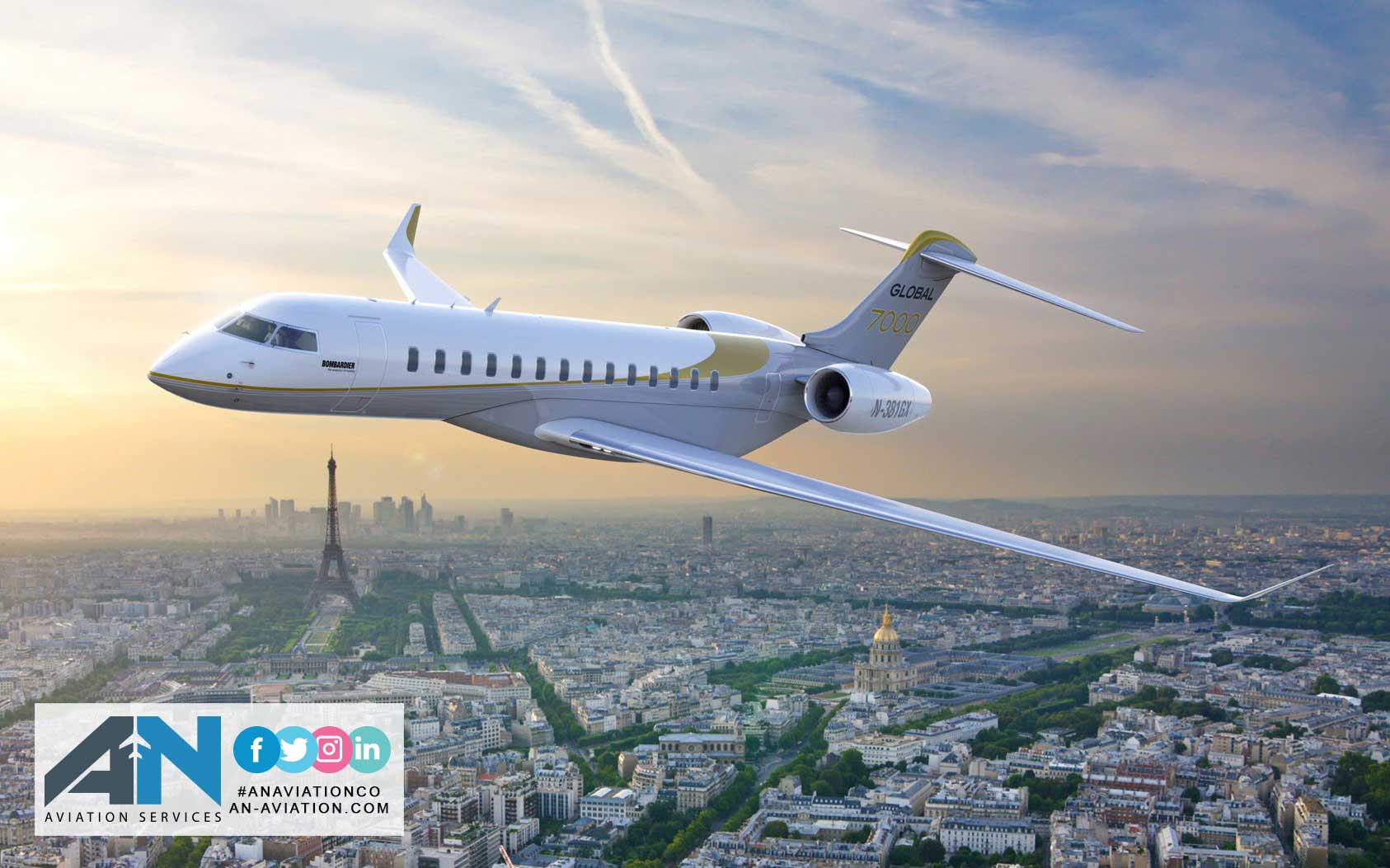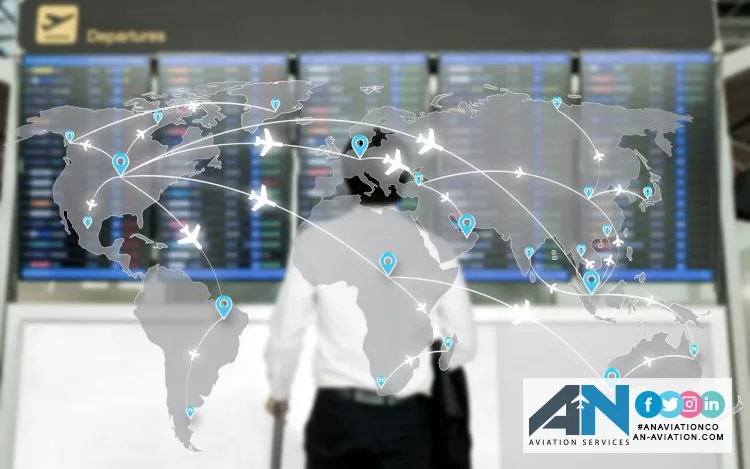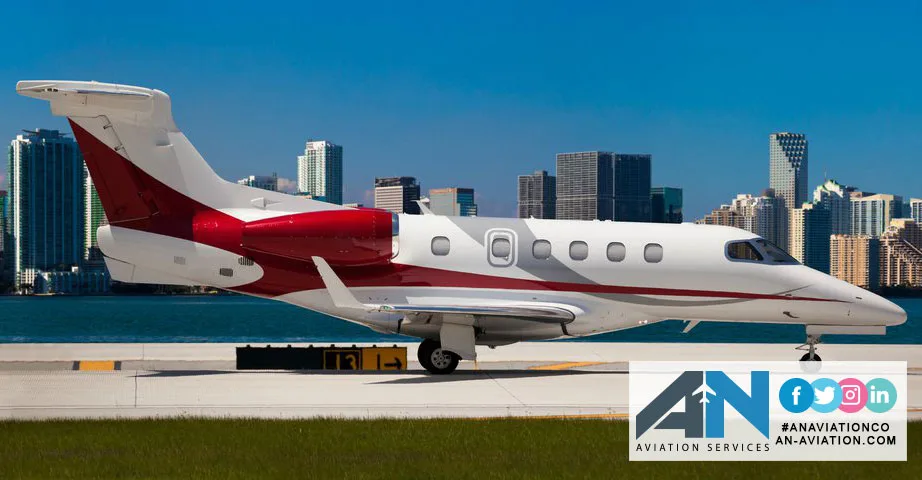The aviation industry has long been a symbol of innovation, connecting people and businesses across the globe. From the Wright brothers’ first powered flight to today’s ultra-efficient commercial flights, the evolution of aviation reflects humanity’s relentless pursuit of progress. But what does the future of aviation hold?
As we move further into the 21st century, technological advancements, sustainability goals, and passenger expectations are reshaping how we think about air transport. From cutting-edge aircraft designs to alternative fuels, the industry is entering a transformative phase that promises to make flying more efficient, environmentally friendly, and technologically advanced than ever before.
This blog explores what lies ahead for aviation, examining how artificial intelligence, improved fuel efficiency, and technology development are poised to redefine the skies.
Revolutionizing Aircraft Design
One of the most significant changes in the future of aviation is the evolution of aircraft design. Engineers and manufacturers are focusing on creating planes that are not only more efficient but also better suited to meet environmental demands.
For example, the aviation industry is exploring blended-wing-body designs that reduce drag and improve fuel consumption. These futuristic aircraft models combine aerodynamic efficiency with increased passenger capacity, offering airlines the ability to carry more people while consuming less fuel.
Additionally, advancements in lightweight materials, such as carbon composites, are making planes lighter without compromising safety. This reduces overall fuel usage, helping airlines meet sustainability targets and cut operating costs.
The Role of Artificial Intelligence
Artificial intelligence (AI) is quickly becoming a cornerstone of the aviation industry, influencing everything from air traffic controllers to in-flight services. AI is already helping airlines optimize flight paths in real time, leading to shorter travel times and reduced fuel use. By analyzing vast amounts of data, AI systems can identify the most efficient routes, even accounting for changing weather conditions.
In the cockpit, AI has the potential to assist pilots with decision-making, ensuring safer flights and quicker responses to emergencies. While pilots will always play a critical role in flying planes, AI is becoming an invaluable co-pilot, streamlining complex processes and improving flight accuracy.
AI also enhances the passenger experience. For example, airlines like United Airlines are already using AI to predict delays, provide real-time updates, and personalize travel recommendations, all of which contribute to smoother journeys.
Sustainable Aviation and Alternative Fuels
The push for environmentally friendly aviation has never been stronger. Governments, airlines, and manufacturers are united in their commitment to reducing carbon emissions and tackling climate change. A key focus area is the development of alternative fuels, such as sustainable aviation fuels (SAFs) and hydrogen.
SAFs are derived from renewable resources like algae, agricultural waste, or even municipal solid waste. Unlike traditional jet fuel, SAFs significantly reduce greenhouse gas emissions while being fully compatible with existing aircraft engines.
Meanwhile, hydrogen-powered planes are on the horizon, promising zero emissions and a significant leap forward in aircraft design. While challenges like hydrogen storage and infrastructure remain, the industry is making strides toward making hydrogen aviation a reality.
These advancements highlight the growing importance of sustainability in the future of air travel. Airlines are increasingly focused on adopting fuel-efficient technologies to balance profitability with environmental responsibility.
The Rise of Electric and Hybrid Aircraft
Electric aviation is no longer a distant dream but an emerging reality. Powered planes that use battery-electric propulsion systems are being developed for short-haul flights, offering a clean alternative to traditional jet fuel.
For longer distances, hybrid-electric systems, which combine conventional engines with electric motors, are being explored. These hybrid systems aim to reduce fuel consumption while maintaining the range and speed required for commercial flights.
While the widespread adoption of fully electric planes will take time, these developments mark a crucial step toward reducing the environmental impact of air transport.
The Passenger Experience of Tomorrow
In the future of air travel, passenger expectations are shaping how airlines approach innovation. From streamlined check-ins to ultra-modern cabins, technological advances are transforming the way we experience flying.
Airlines are investing in features like real-time updates through mobile apps, ensuring travelers stay informed at every step of their journey. Inside the aircraft, passengers can expect enhanced comfort, with adjustable seating, improved air quality, and advanced in-flight entertainment systems.
The trend toward customizable cabins is also growing, allowing airlines to offer tailored experiences for different passenger segments, whether it’s business travelers looking for productivity tools or leisure travelers seeking extra comfort.
Air Traffic Management in the Future
As the number of flights continues to grow, the role of air traffic controllers will evolve to handle increased demand efficiently. New technologies like satellite-based navigation and AI-driven traffic management systems are improving the precision and safety of flight operations.
These advancements not only enhance safety but also allow for optimized airspace usage, reducing delays and minimizing fuel burn. The shift toward digital air traffic management systems is a vital step in creating a seamless and efficient global aviation network.
The Airline Industry’s Focus on Efficiency
The airline industry has always been driven by efficiency, but the challenges of rising fuel costs and environmental concerns have intensified the need for innovation. Airlines are now investing heavily in technologies that improve fuel efficiency, reduce emissions, and streamline operations.
For example, lightweight materials, next-generation engines, and advanced aerodynamics are all contributing to more efficient aircraft. Additionally, cutting-edge maintenance practices, such as predictive analytics, are helping airlines reduce downtime and operate more sustainably.
The adoption of technological advances is not just about cost savings—it’s also about meeting passenger demands for more sustainable and reliable air travel.
What the Future Holds
The future of aviation is bright, filled with possibilities that once seemed like science fiction. From alternative fuels and electric planes to AI-driven efficiency, the industry is evolving to meet the demands of a changing world.
For passengers, this means more comfortable and sustainable travel experiences. For airlines, it offers opportunities to reduce costs, improve operations, and align with global sustainability goals.
While challenges remain, such as the need for infrastructure development and regulatory support, the aviation industry’s commitment to innovation ensures that these hurdles will be overcome. As the world becomes more connected, the skies above us will continue to serve as a symbol of progress and possibility.
Conclusion
The future of aviation is one of transformation, where technology, sustainability, and passenger experience converge to shape a new era of flight. As the industry embraces alternative fuels, artificial intelligence, and technological advances, the possibilities for air transport are virtually limitless.
Whether you’re a frequent flyer or an industry insider, there’s no denying the excitement surrounding the innovations that lie ahead. As we look to the skies, the future promises not only faster and more efficient travel but also a cleaner, greener world for generations to come.









